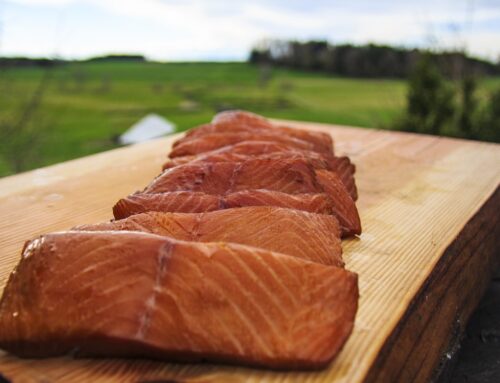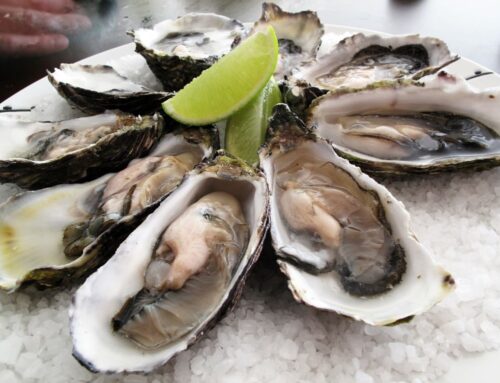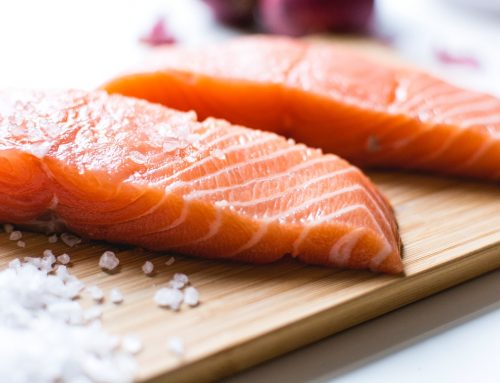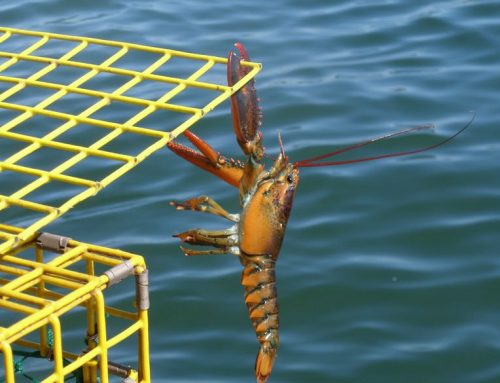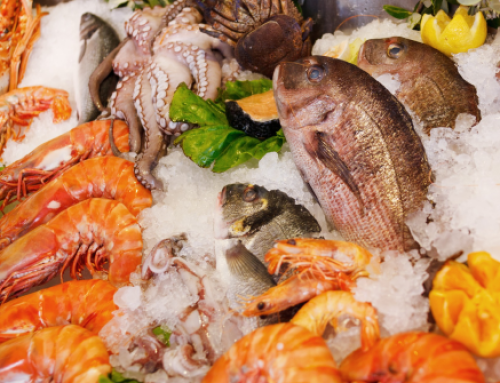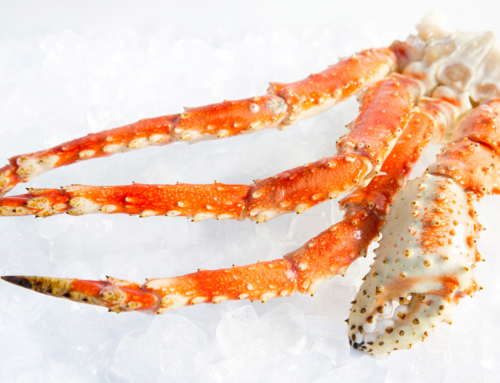Buying wild salmon for sale raises more than a few questions that go beyond what side you should serve with it. Fishers and those who enjoy eating fish will often debate the benefits of eating wild caught salmon versus farmed salmon. Health concerns and sustainability are the common throughlines of these discussions. Regardless of which side of the debate you find yourself, providing yourself with the facts will help you. You can use the facts to determine the next steps for when you order salmon online or in a store.
Where Does Wild Salmon Come From?
Companies source the majority of the wild salmon in the United States from the Pacific Ocean’s waters. That said, companies do source wild salmon for sale specifically from Alaska. Seafood lovers regard Bristol Bay as producing the strongest salmon run and best tasting salmon in the world. Salmon companies from the Pacific Northwest to the Australian Coast may contest the quality of the fish outside of the traditional Alaskan waters. The consensus among companies remains that these methods yield better tasting salmon than Atlantic farm-raised products.
Is Wild Salmon Healthier than Farmed?
Salmon provides us with high amounts of omega-3 fatty acids. Its nutritional value benefits our inflammatory responses and nervous system regulation. Not all salmon provides the important health benefits that our bodies need. The main distinctions between farmed salmon and wild salmon for sale are:
- Nutrition – Wild salmon offers fewer calories than its farm-raised counterparts. Farmed salmon is also higher in saturated fats.
- Pollutants – There is a greater risk of persistent organic pollutants (POPs) in farmed fish than wild caught fish. Researchers have linked POPs in the past to obesity, along with Type 2 diabetes. POPs may also heighten the risk of stroke for some women.
- Antibiotic Usage – One of the great debates surrounding farm-raised fish is the ethics of farmers using antibiotics. Research is ongoing for the long-term effects of antibiotics used in certain farmed fishes. Buying wild caught salmon does not leave you with these uncertainties.
How Sustainable is Wild Salmon?
Many people criticize farmed salmon because of the United States’ weaker regulations for it. Salmon farm operations are, more often than not, viewed as free-for-alls. They, coupled with unregulated antibiotic usage, have a significant effect on the planet. Overall, the world highly regards the United States for its seafood sustainability. Alaska set in place certain restrictions that focus on maintaining clean habitats and waters.
Buying wild salmon for sale also prioritizes the environment as a whole. The fish are among the animals that help guarantee the continuation of healthy river ecosystems. They also provide a number of essential nutrients for other wildlife, such as protein for bears. Wild salmon produce nitrogen as well that they release during spawning. Nearby plants and trees benefit from the process. Salmon also supports our own ecosystem as human beings. Wild salmon catch supports the Alaskan commercial fishing industry, as well as the entire seafood industry.
Take note of our Affiliate Relationships that may exist with this page and companies listed on it.


